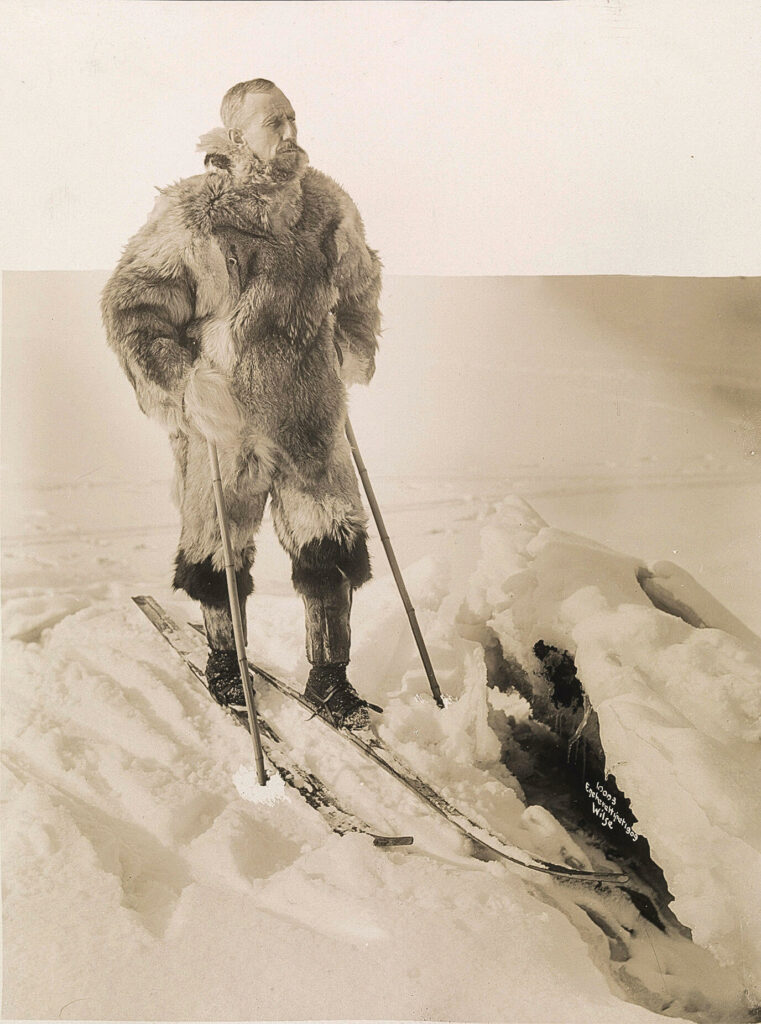Joining forces for polar bear conservation
In this special issue of The Circle, we mark 50 years of international cooperation on polar bear conservation. In 1973, when the governments of Canada, Greenland (Kingdom of Denmark), Norway, Russia and the US signed a legally binding, multilateral treaty on polar bear conservation, we had little scientific knowledge about polar bear populations across the Arctic. It was a landmark step and a success story for species conservation. It still stands today, but now climate change is the biggest threat to polar bears. In this issue, we explore how knowledge, tools and approaches have evolved over time and identify what is collectively needed to secure a future with polar bears in it.
Stories from this issue
Stepping up cooperation and climate action to protect polar bears
News from the Arctic (2023.03)
Recognizing five decades of collaboration
The power of observation
Working to protect Aviqtuuq for future generations
Learning to live alongside polar bears
Collaborating to co-manage polar bears in Alaska
Svalbard’s polar bears are doing just fine—for now
Tech tools in the conservation toolbox
Will the Last Ice Area support polar bears?
Markus Dyck: Remembering an icon
The back cover
© Public domain
Celebrating the life of Roald Amundsen
This year marks 150 years since the Norwegian polar explorer Roald Amundsen was born. From 1903 to 1906, he was the first explorer to sail through the Northwest Passage aboard his ship, Gjøa. He was also the first to reach the South Pole in 1911 and the first to take a trans-Arctic flight across the North Pole. His life came to a tragic end in 1928, when he died in a plane crash over the Arctic Ocean while searching for survivors of a lost airship.

© Anders Beer Wilse / public domain
More from The Circle
The Arctic wanderers: caribou in a changing north
The Arctic in the age of tech
The forgotten Arctic: A crisis of global inaction
Navigating a changing Arctic
About The Circle magazine
Quarterly
WWF Arctic Programme publishes the magazine four times per year and each issue zeroes in on a theme and presents a range of stories.
Actions
It covers the key climate risks are for the Arctic—and what researchers and decision-makers in the eight Arctic nations are doing.
Perspectives
We aim to hear from contributors in a selection of Arctic countries—from youth to Indigenous communities to policymakers to scientists.
Themes
Stay informed about the environmental and development issues affecting wildlife, ecosystems and people in the Arctic today.